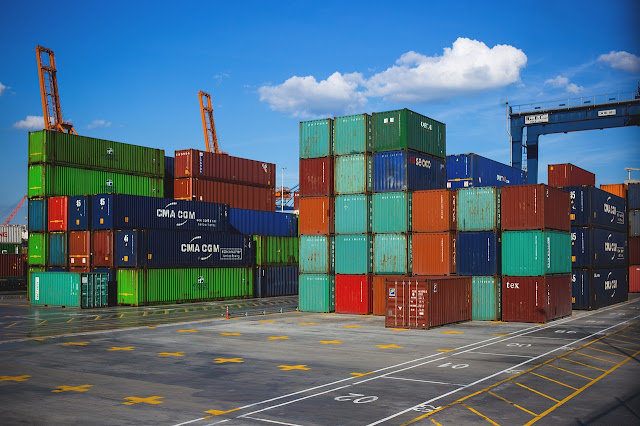One technological advancement that is subtly changing the marketing and customer engagement scene is Geofencing. It effortlessly connects your device to companies and services by drawing virtual borders around real-world locations. As soon as you cross these lines, you get relevant messages that are tailored to your area, including discounts, event reminders, or special offers.
Even if this technology helps some industries more than others, it poses serious privacy issues because it tracks your whereabouts and may generate issues with consent and data protection.
Let's examine the workings of this technology, consider how important your mobile device is to this procedure, and consider the privacy issues in more detail.
Geofencing: What is it?
Digital technology known as "geofencing" creates imaginary borders around a predetermined region. It's similar to encircling a location, such as a park, coffee shop, or neighborhood, with an invisible fence on a map.
As people enter or leave these designated regions, this equipment keeps an eye on gadgets like cell phones that depend on GPS, WiFi, or cellular data. Additionally, it monitors the movement of radio-frequency identification (RFID) tags—compact devices that wirelessly transmit data, similar to contactless vehicle keys—across these virtual boundaries.
How does Geofencing work?
1. Specifying the Geofence: To establish a geofence around their store, a retailer first chooses a location and then enters geographic coordinates into software to create an invisible boundary.
This could cover the immediate vicinity of the store or cover a broader neighborhood, establishing the context for the activation of particular digital activities.
2. Granting Access to Location Data: For geofencing to function, users must allow location access on their cell phones. With this authorization, the device can use:
- GPS for accurate location monitoring
- WiFi uses neighboring networks to estimate closeness
- Cellular data uses cell towers to triangulate the device's location
These permissions guarantee that the device's position can be precisely detected by the system. (We'll talk about the privacy issues this has raised later.)
3. Getting in or out of the fence: The geofencing system tracks a customer's smartphone location in the geofenced geographical area as they get closer to the store. When a consumer enters this region, the system is triggered to identify their entry based on the GPS data that their smartphone continuously provides.
4. Setting Off an Event: A predetermined action, such as delivering a push notification to the customer's smartphone, is triggered by this entry into the geofence.
The action in this retail scenario could be a notification with a marketing message or a unique discount offer meant to entice the customer by offering something of value when they are close to the business.
5. Carrying Out the Response: The customer knows a promotion or discount has been sent straight to their smartphone with a notice that appears on their device.
The customer's experience can be greatly improved by this prompt and location-specific interaction, which may result in more people visiting the store and a greater rate of sales conversion.
Industries where Geofencing is used
- Child Safety and Elderly Care
- Workforce Management
- Smart Home Automation
- Transport and Logistics
Future and Geofencing
Geofencing technology is anticipated to undergo a substantial transformation in 2024 and beyond, mostly because of the progress made in IoT (Internet of Things) technology. IoT encompasses physical objects, automobiles, household appliances, and other products that are integrated with sensors, software, electronics, and communication.









